Lettuce Bellevue MTO Organic Seed
starting at $2.39
Get Free Shipping in May with discount code SUNNY!
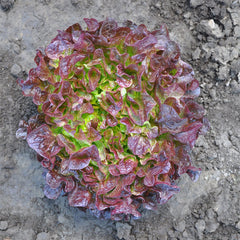
starting at $2.39
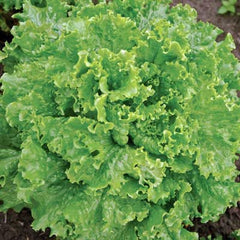
starting at $2.52
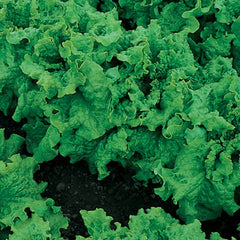
starting at $3.60
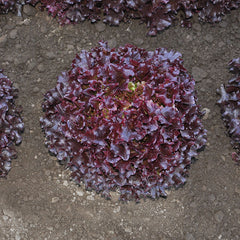
starting at $2.72
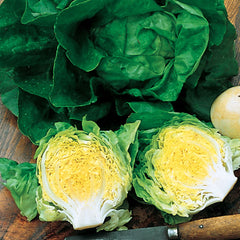
starting at $3.60
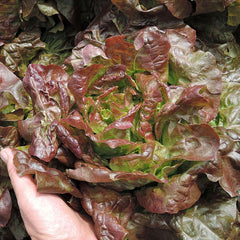
starting at $6.84
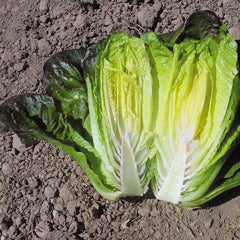
starting at $3.63
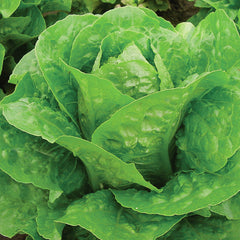
starting at $2.11
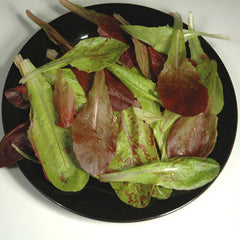
starting at $3.91
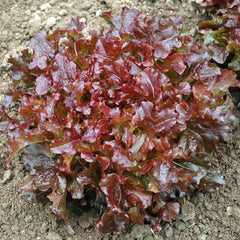
starting at $6.03
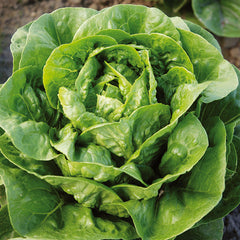
starting at $2.67
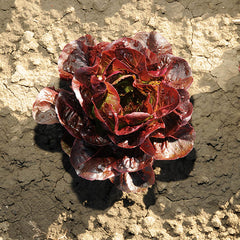
starting at $2.74
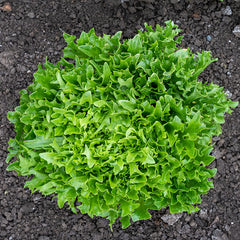
starting at $4.28
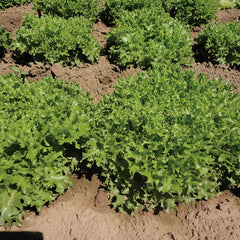
starting at $2.72
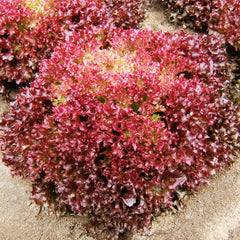
starting at $2.41
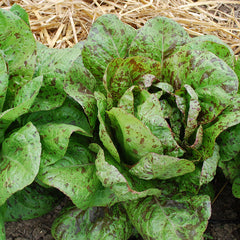
starting at $8.40
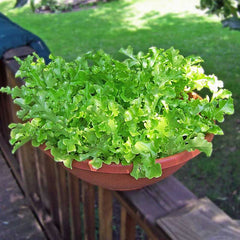
starting at $3.60
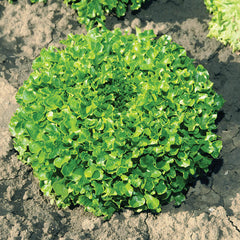
starting at $2.72
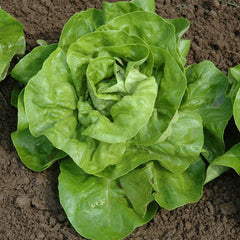
starting at $2.14
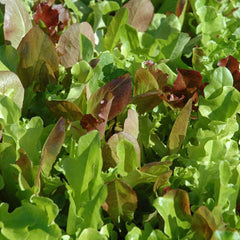
starting at $3.60
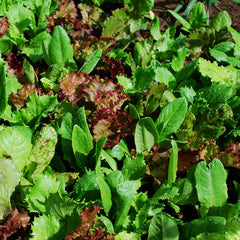
starting at $1.85
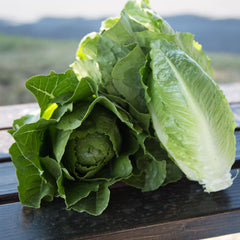
starting at $2.11
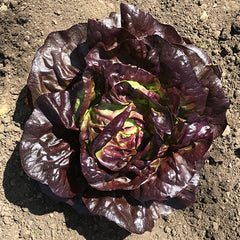
starting at $2.62
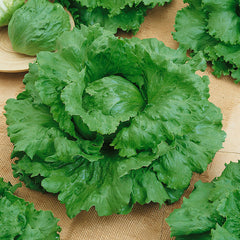
starting at $7.05
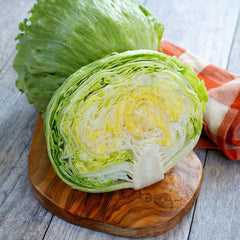
starting at $2.27
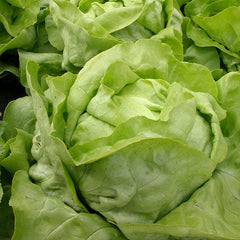
starting at $9.87
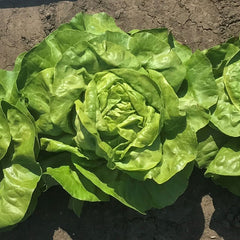
starting at $2.49
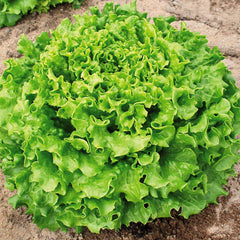
starting at $3.12
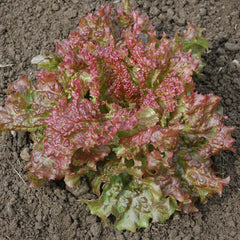
starting at $5.17
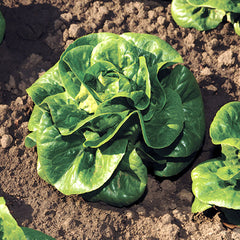
starting at $2.37
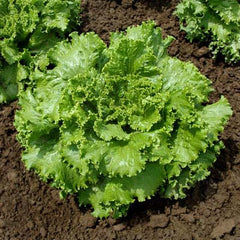
starting at $8.36
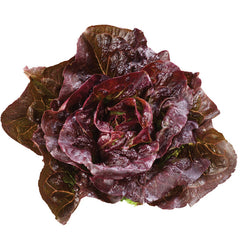
starting at $2.51
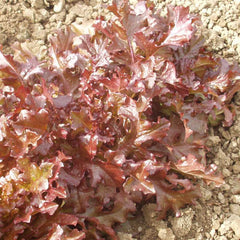
starting at $3.60
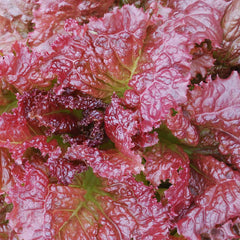
starting at $1.31
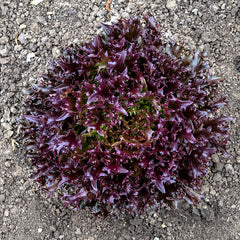
starting at $4.28
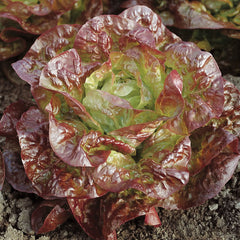
starting at $2.22
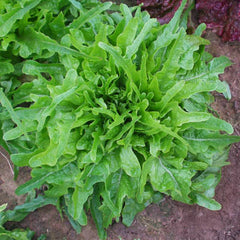
starting at $3.60
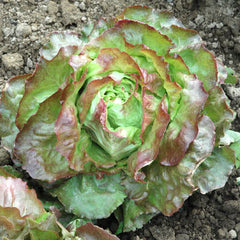
starting at $47.08
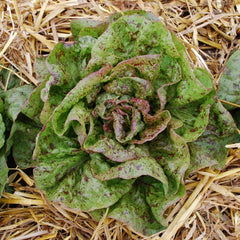
starting at $1.38
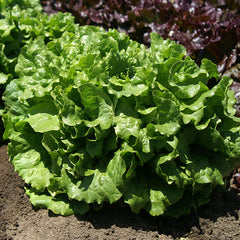
starting at $2.33
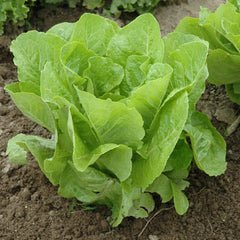
starting at $2.58
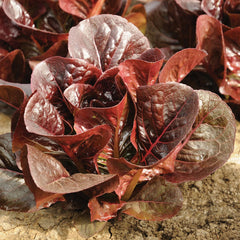
starting at $2.49
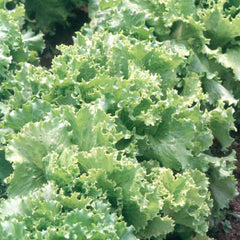
starting at $2.09

starting at $2.39

starting at $2.52

starting at $3.60

starting at $2.72

starting at $3.60
starting at $2.20

starting at $6.84

starting at $3.63

starting at $2.11

starting at $3.91

starting at $6.03

starting at $2.67

starting at $2.74

starting at $4.28

starting at $2.72

starting at $2.41

starting at $8.40

starting at $3.60

starting at $2.72

starting at $2.14

starting at $3.60

starting at $1.85

starting at $2.11

starting at $2.62

starting at $7.05

starting at $2.27

starting at $9.87

starting at $2.49

starting at $3.12

starting at $5.17

starting at $2.37

starting at $8.36

starting at $2.51

starting at $3.60

starting at $1.31

starting at $4.28

starting at $2.22

starting at $3.60

starting at $47.08
starting at $7.92

starting at $1.38

starting at $2.33

starting at $2.58

starting at $2.49

starting at $2.09